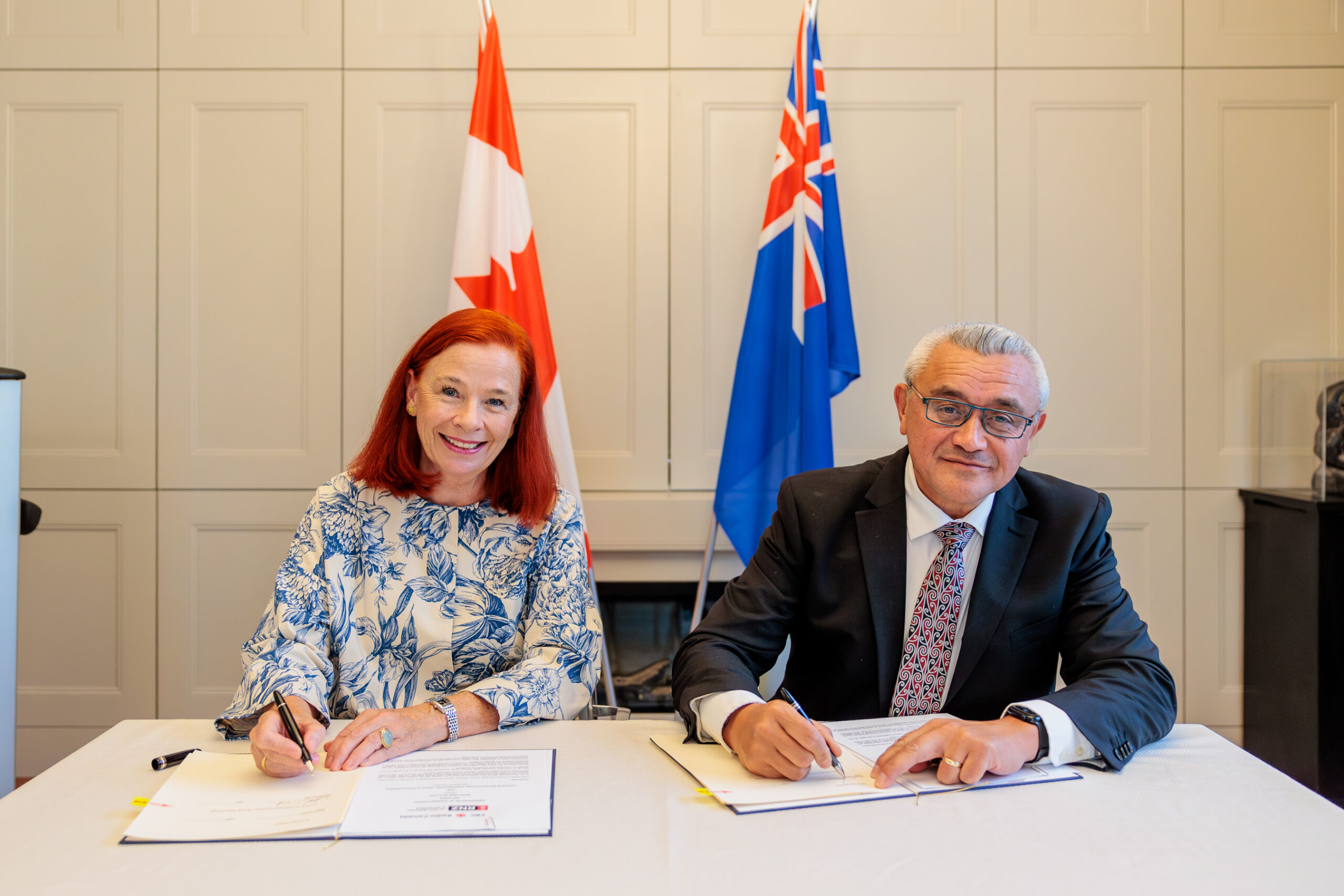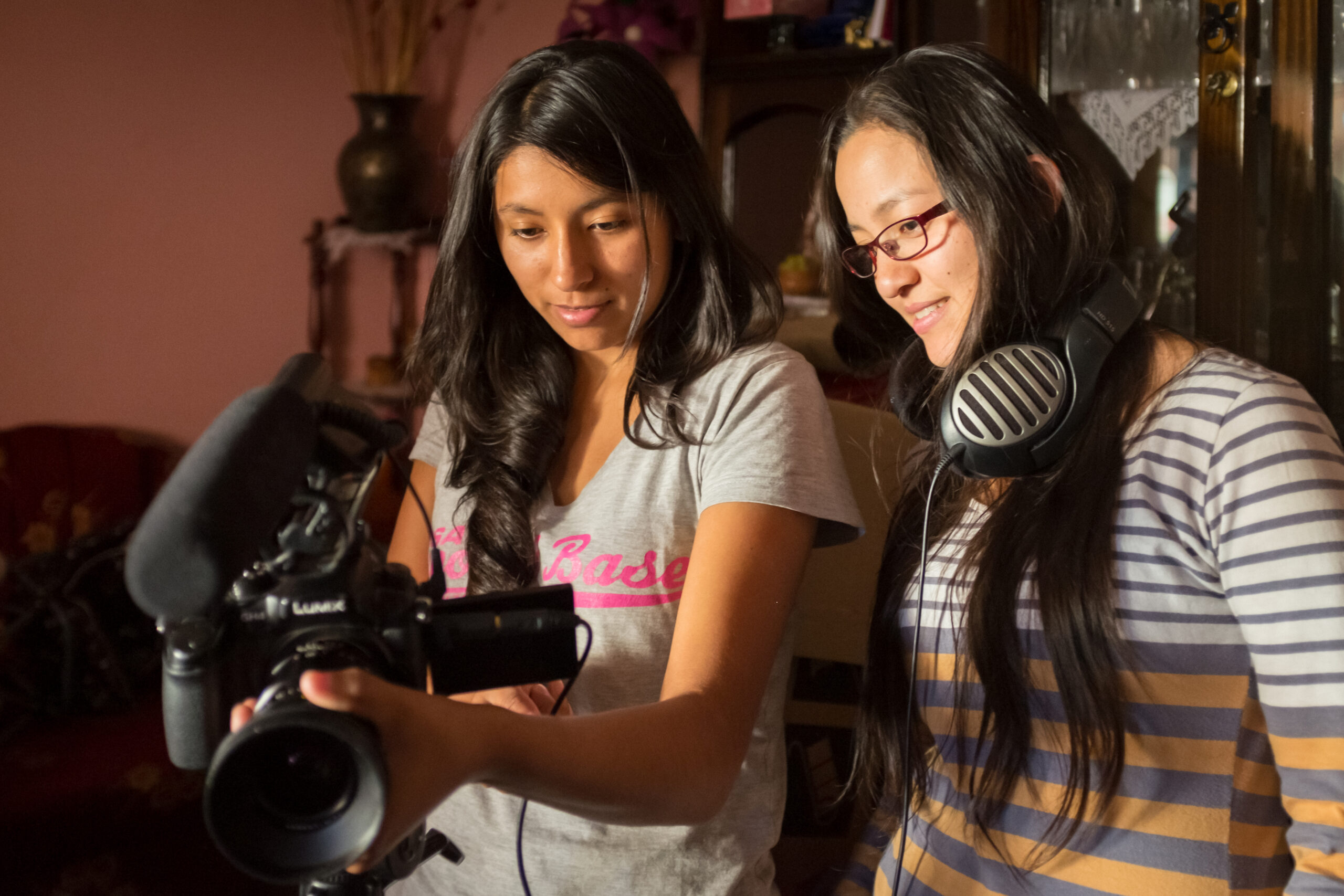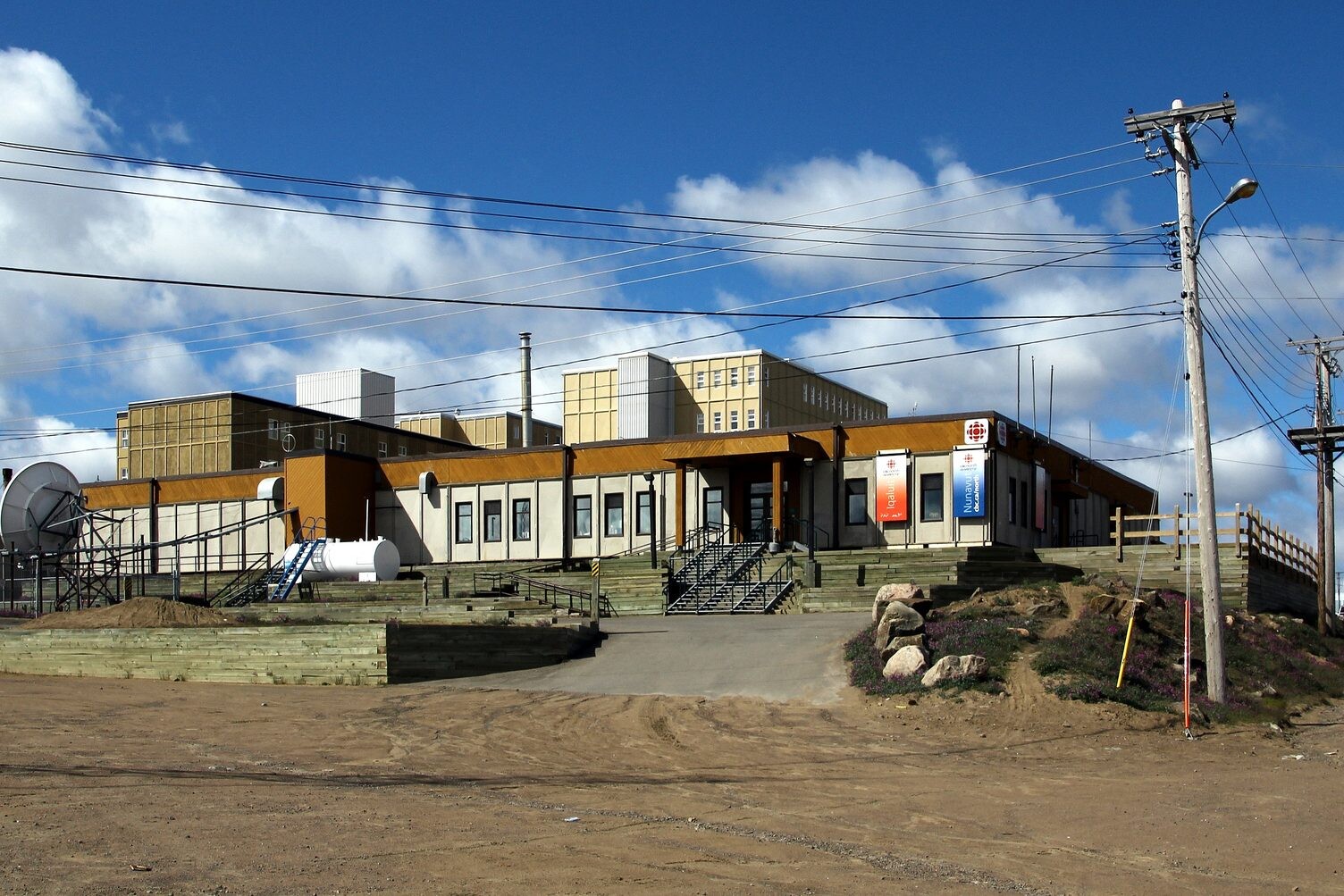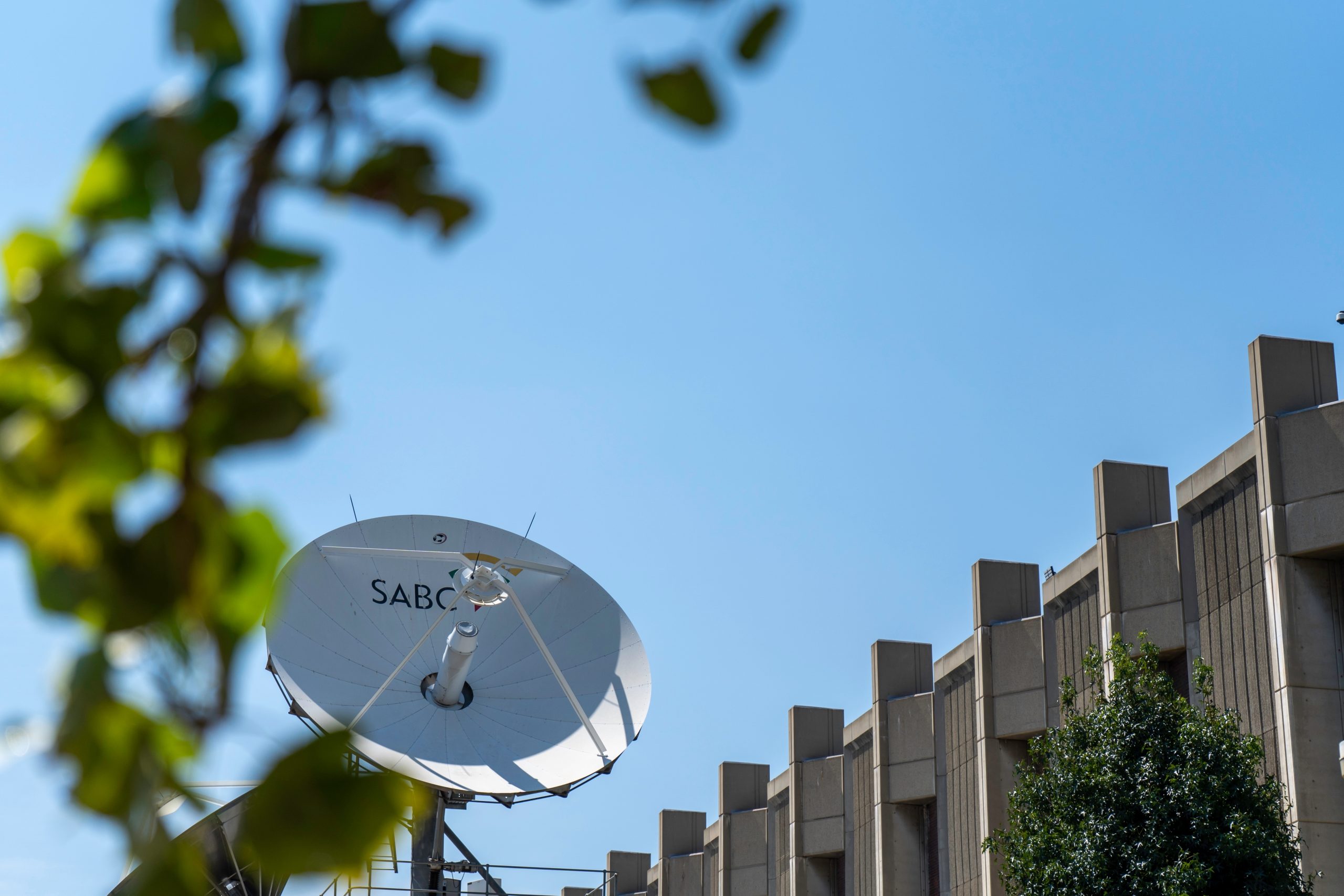Public service media and its obligations to Indigenous Peoples
8th February 2024
In a new episode of PMA’s podcast, Media Uncovered – coinciding with the release of CBC/Radio-Canada’s National Indigenous Strategy – we explore how public media do and should represent, reflect, and serve Indigenous communities.

Public service media has an obligation to serve Indigenous Peoples in an empowering way, an obligation many broadcasters have fallen short of fulfilling.
But increasingly, PSMs are examining their historic roles, looking at the shortfalls, and coming up with ways to make changes and amends to finally represent and reflect Indigenous communities in a genuine way.
The latest edition of Media Uncovered, the Public Media Alliance’s monthly podcast, examined the role of Indigenous media within public broadcasters, and what is being done globally.
“We’re really on a path to reconciliation,” said Catherine Tait, the president and chief executive of CBC/Radio-Canada, which this week launched its first National Indigenous Strategy.
Righting wrongs
CBC/Radio-Canada broadcasts in eight different languages, has an Indigenous unit, and has an archive of decades-old Indigenous stories and programming. But Tait said it’s important for the national public broadcaster to examine itself.
“We have a legacy and a history in the country that needs to be addressed. I have to say, though, that CBC had many heroes and many journalists that were very, very engaged in telling the stories of Indigenous People, but was it enough and was it sufficient or adequate? I would say no.
“Actually, we’ll look at the archive at CBC/Radio-Canada to really examine whether or not we perpetrated harm to Indigenous People. So that’s part of the exercise.”
Working with First Nations, Métis and Inuit communities, the strategy’s been led and developed by Robert Doane.
“When we first came together, we wanted to come up with an idea, a roadmap for the future that would allow us to do better to be able to actually build on the work to support and centre the voices of First Nations,” he told the podcast.
“We’ve never had anything that’s ever guided us before. So, for the first time, we have like a North Star. We have 14 objectives. And, essentially, each objective is a three-year goal. Each has a specific outcome. And underneath of those are these 49 actions.
“Essentially what we’re doing is we’re going up to these teams and saying, Okay, these are the objectives that you support, you agree – and of course they have – these are the actions and so we work with them.”
Listen to Catherine Tait and Robert Diane on the podcast
A global issue
The strategy launched by CBC/Radio-Canada is significant, but it’s not the only one out there. The UN culture agency Unesco is working on a global Indigenous media strategy, too, looking at both Indigenous-owned and operated media, as well as public and state media entities.
Its chief of section of media development and society, Mirta Lourenco, said Indigenous media and programming is not a nice to have, it’s a right under the UN Declaration on the Rights of Indigenous Peoples.
“Indigenous peoples have the right to establish their own media and also to access all forms of other type of media without being discriminated.”
Public broadcasters have an obligation to properly reflect Indigenous peoples, Lourenco said.
“By Indigenous people, for Indigenous people and with Indigenous people,” she said.
“Yes, there is a lot of disparities in terms of coverage, Indigenous matters and articulation with Indigenous peoples … In some public service broadcasters, it may be one person show, you know, and struggles and efforts. Sometimes it’s a very modest part of the larger organisation, and sometimes it’s completely an existent.”
Of course, every country and Indigenous experience is different, but the overlying theme is the same: A shared experience of colonisation, and the marginalisation that entails.
Some countries have standalone Indigenous public broadcasters, like APTN in Canada, Whakaata Māori in New Zealand, or TiTV in Taiwan.
There’s also National Indigenous Television in Australia, which is a standalone part of SBS, and headed by Tanya Denning-Orman.
“Our people fought, originally, to have a network where we could see ourselves positively represented on screen, but also counter the untruths and how we were being shown in Australian media, particularly in news bulletins and newsrooms.
“You know, protesters, those that got NITV into existence really wanted to ensure that we were a channel as made by for about Aboriginal and Torres Strait Islander peoples.”

Organisations like NITV were hard fought-for entities, which provide an outlet for Indigenous communities to express their cultures, peoples, and languages in their own way and through their own decision-making.
At mainstream public broadcasters, though, Indigenous staff and content often have to fit – sometimes uncomfortably – in and around wider organisations and schedules.
Several – including RNZ and the ABC – have hit the headlines in the past year for their treatment of, or lack of, Indigenous staff, or a perceived imbalance in the amount Indigenous programming.
“I think the prevailing perception would be there’s a lot more that can be done, but efforts are being made,” said Jim Mather, the chair of RNZ. “We have what we refer to as a rautaki Māori strategy, and it’s very much based on the framework of the Treaty of Waitangi, which we have a responsibility to give effect to.”
“What that actually means is that we’re committed to ensuring we have more Indigenous Māori participation, that there’s more partnership and a stronger sense of protection of the language and culture. So, what does that actually mean in practice? It means that we want to our organisation to reflect what we’re seeing in wider society in terms of our demographics.”
“Our people fought, originally, to have a network where we could see ourselves positively represented on screen, but also counter the untruths and how we were being shown“ – Tanya Denning-Orman, NITV Australia.
RNZ last year signed a Memorandum of Understanding with CBC/Radio-Canada, with Indigenous collaboration a focal point. Both organisations are legislated to serve Indigenous audiences.
Catherine Tait, of CBC/Radio-Canada, said sharing content, experiences and people can achieve a lot.
“We’re all struggling with the same issues. It doesn’t matter how big you are, as public service media, we really share this common challenge of working in a world with these digital giants and global players,” Tait said. “So part of it is just leaning into it together to where one plus one is hopefully going to equal more than two. We have the same mandates, and we have many of the same cultural aspirations.”
Those challenges include confronting the digital transformation, and ensuring Indigenous content can grow and develop in competition against global digital giants like Netflix.
Hopes and aspirations
Ultimately, for Robert Doane, who led the CBC strategy and will now lead the organisation’s new Indigenous office, success will take a while, but he said they now have the plan to get there.
“[It’s] really growing awareness inside the organisation to ensure that people have a better understanding of Indigenous realities. I think the idea is that education is paramount. It’s like the number one thing that you can do, especially if an organisation is to, like, grow that awareness and understanding and cultural competency as much as possible.”
It was also about building relationships with Indigenous communities and other organisations to both restore and build trust.
“This one we thought was like the core to everything. What does Truth and Reconciliation look like for this organisation? How do we enact it in a way that ensures that we’re embedded in all the actions across the strategy itself,” Doane said.
Ultimately, strategies – and the success or otherwise of them – rely on people.
Tanya Denning-Orman at Australia’s NITV said it was important to remember the load borne by Indigenous staff.
“The biggest thing I’ve heard is how the workplace behaves, and how the workplace makes you feel. We grew up in this world, we know the realities, we know where we live, we know our family, we know what’s happening, but if your workplace doesn’t have your back, and what flows from that.
“What I’m hearing of any of the staff that have had concerns is really it’s when the management don’t listen, or they just move on or they, oh, you know, blatantly don’t back the people publicly as well. So that is really important.”
Related Posts
5th February 2024
CBC/Radio-Canada launches National Indigenous Strategy
CBC/Radio-Canada will also commission a…
30th June 2023
PSM Unpacked | Connecting with and serving Indigenous audiences
MEMBERS EXCLUSIVE: In this PSM Unpacked…
24th January 2023
SABC indigenous language news channel to be launched
SABC plans to improve news provision…



